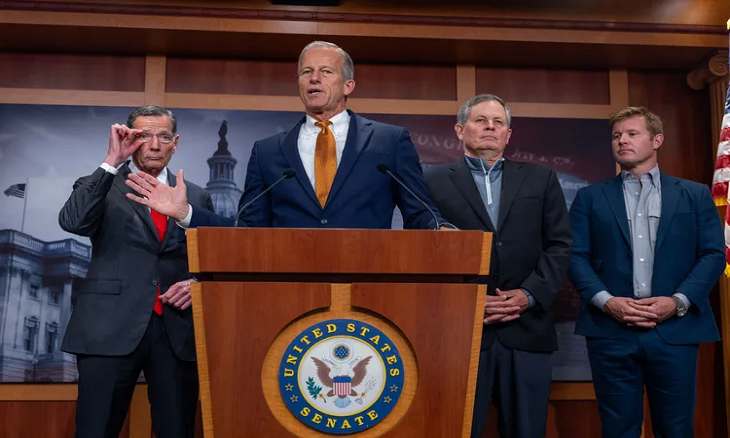The student loan in USA has become one of the most discussed financial topics in recent years. With the rising cost of education, millions of American students rely on loans to fund their college or university degrees. Understanding how student loans work, the types available, repayment options, and forgiveness programs is essential for anyone planning higher education in the United States.
What is a Student Loan in USA?
A student loan in USA is financial aid provided to students to help cover tuition, books, housing, and other educational expenses. Unlike grants or scholarships, student loans must be repaid with interest. They are either offered by the federal government or by private lenders such as banks or credit unions.
Types of Student Loans in USA
- Federal Student Loans – These are the most common loans provided by the U.S. Department of Education. They typically have lower interest rates and flexible repayment plans. Key federal loan options include:
- Direct Subsidized Loans – For undergraduate students with financial need.
- Direct Unsubsidized Loans – Available to all students, regardless of financial need.
- PLUS Loans – For graduate students and parents of undergraduates.
- Private Student Loans – Offered by banks, credit unions, or online lenders. They usually require a credit check and may come with higher interest rates compared to federal loans.
Student Loan Interest Rates in USA
The student loan interest rate in USA depends on the type of loan. Federal student loans typically have fixed interest rates set by the government each year, while private student loans vary based on credit history and the lender’s terms.
Student Loan Repayment Options
Repayment is one of the biggest challenges for students. Federal student loans offer several repayment plans, including:
- Standard Repayment Plan – Fixed monthly payments over 10 years.
- Income-Driven Repayment Plans (IDR) – Payments based on income and family size, usually extending up to 20–25 years.
- Graduated Repayment Plan – Lower payments at first that increase over time.
Student Loan Forgiveness Programs
One of the benefits of federal loans is access to student loan forgiveness in USA. Programs like Public Service Loan Forgiveness (PSLF) allow eligible borrowers working in government or non-profit jobs to have their remaining balance forgiven after making 120 qualifying payments. Teachers and healthcare workers may also qualify for special forgiveness programs.
The Student Loan Crisis in USA
Currently, student loan debt in the USA has surpassed $1.7 trillion, making it one of the largest consumer debt categories, second only to mortgages. Many students graduate with significant debt, which impacts their financial future, including buying a home or starting a business.
Final Thoughts
The student loan in USA is both an opportunity and a challenge. It provides access to education but can also lead to long-term debt. Students should carefully consider federal loan options before turning to private loans, understand repayment plans, and explore forgiveness programs. With the right planning, managing student loan debt becomes more achievable.





